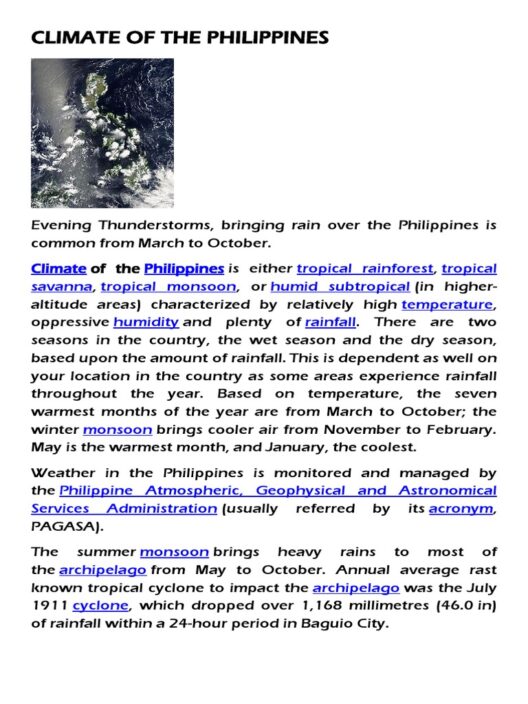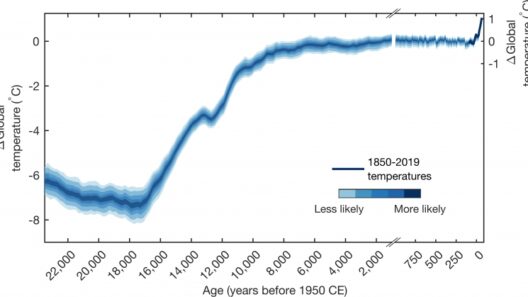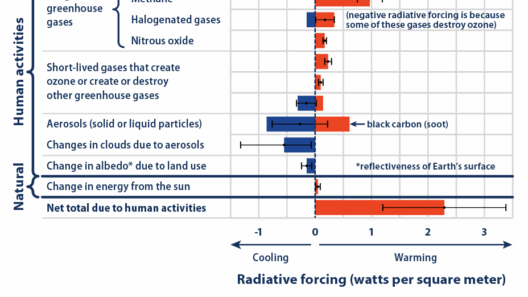Coastal areas are unique ecosystems that serve as vital interfaces between terrestrial and marine environments. They constitute some of the most vibrant and biodiverse habitats on Earth, encompassing mangroves, coral reefs, estuaries, and sandy shores. However, these regions are not merely picturesque landscapes; they are pivotal in influencing global climatic patterns and are simultaneously vulnerable to the escalating effects of global warming.
To fully comprehend how coastal areas influence and suffer from global warming, it is essential to explore several interrelated aspects: the ecological significance of coastal regions, their role in carbon sequestration, the repercussions of rising sea levels and increasing temperatures, and the socio-economic impacts on human populations residing in these vulnerable zones.
Ecological Significance of Coastal Regions
Coastal areas serve as essential habitats for countless species, providing breeding grounds, nursery sites, and feeding areas. Mangroves, for example, protect coastlines and support fisheries, while coral reefs shelter a plethora of marine organisms. These ecosystems are not isolated; they interact with adjacent terrestrial environments and significantly influence regional and global climatic conditions.
The richness of biodiversity in coastal areas contributes to their resilience against climate change. Healthy ecosystems can better adapt to alterations in temperature and salinity, serving as buffers against the adversities of a warming planet. However, the fragility of these ecosystems renders them susceptible to anthropogenic pressures such as pollution, overfishing, and habitat destruction.
Carbon Sequestration and Storage
Coastal ecosystems play an integral role in carbon sequestration, a critical process in mitigating climate change. Mangroves, salt marshes, and seagrasses are capable of capturing and storing significant amounts of carbon dioxide from the atmosphere, a function termed “blue carbon.” These ecosystems sequester carbon in their biomass and sediment, functioning as natural carbon sinks. It is estimated that coastal habitats can sequester up to five times more carbon per unit area than terrestrial forests.
Preserving and restoring these coastal habitats is paramount in the fight against global warming. However, the loss of these ecosystems due to urban development and deforestation exacerbates the release of stored carbon back into the atmosphere, further accelerating climate change. The degradation of such environments not only diminishes their ecological value but also undermines their capacity to serve as climate change mitigators.
Rising Sea Levels
One of the most profound effects of global warming on coastal areas is the phenomenon of rising sea levels. Driven by the thermal expansion of seawater and the melting of polar ice sheets, sea levels have risen significantly over the past century. This shift threatens coastal communities, infrastructure, and ecosystems. Low-lying regions, in particular, face the peril of frequent flooding and erosion, ultimately resulting in the displacement of populations.
Furthermore, the salinization of freshwater resources poses a severe threat to agriculture and drinking water supplies. Coastal aquifers are becoming increasingly compromised, which can lead to food insecurity and health issues for affected communities. The biodiversity within coastal ecosystems is also at risk as species struggle to adapt to rapidly changing conditions or are unable to migrate inland in response to habitat loss.
Increasing Temperatures and Ocean Acidification
Global warming is not solely responsible for rising sea levels; it also contributes to increasing water temperatures and altering ocean chemistry. Warmer oceans can lead to the bleaching of coral reefs, which jeopardizes marine biodiversity and fisheries relied upon for sustenance and economic stability. Coral reefs, already stressed by higher temperatures, face existential threats, diminishing their capacity to recover and proliferate.
Additionally, as oceans absorb more carbon dioxide, they become more acidic, profoundly affecting marine life. Shell-forming organisms struggle to maintain their calcium carbonate structures in acidic conditions, impacting the entire marine food web. The repercussions extend beyond the ocean, influencing the economic dynamics of coastal communities that depend on healthy marine ecosystems for their livelihoods.
Socio-Economic Impacts
The socio-economic fabric of coastal communities is intricately woven with the health of their surrounding ecosystems. Fishing, tourism, and recreation are pivotal industries supporting millions of livelihoods in these areas. However, the impacts of global warming jeopardize these industries by diminishing resource availability, degrading natural landscapes, and increasing vulnerability to climate-related disasters.
Natural disasters, such as hurricanes and typhoons, are becoming more frequent and intense due to climate change. Coastal communities must brace for the financial implications of recovery and rebuilding while simultaneously contending with decreased biodiversity and resource depletion. The interplay between environmental and socio-economic challenges becomes increasingly complex, necessitating nuanced and comprehensive responses from policymakers.
Conclusion
The influence of coastal areas on and their suffering from global warming is a multifaceted issue that encompasses ecological, climatic, and social dimensions. The interdependence between human activities and natural systems underscores the urgency of concerted efforts to protect and restore these invaluable ecosystems. Stakeholders must prioritize innovative approaches to conservation and sustainable development, thus ensuring that coastal areas continue to serve their dual role as critical climate regulators and indispensable sources of livelihood. It is imperative to recognize that the fate of coastal regions reflects the broader challenges posed by climate change, demanding immediate action to safeguard our planet’s future.








